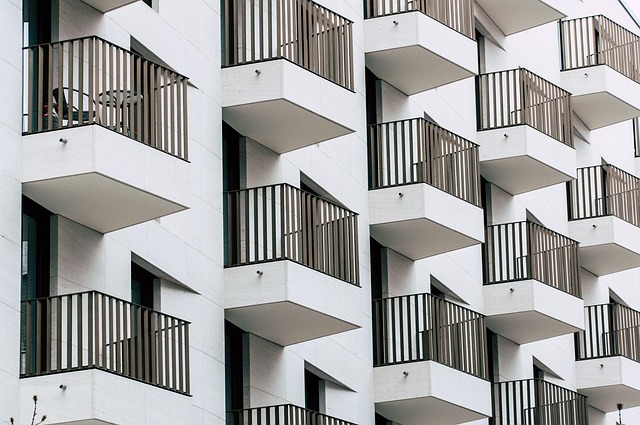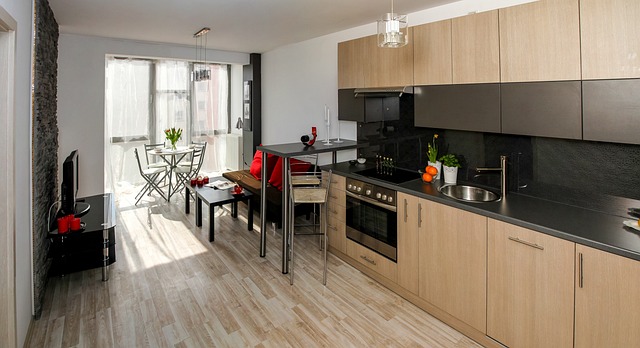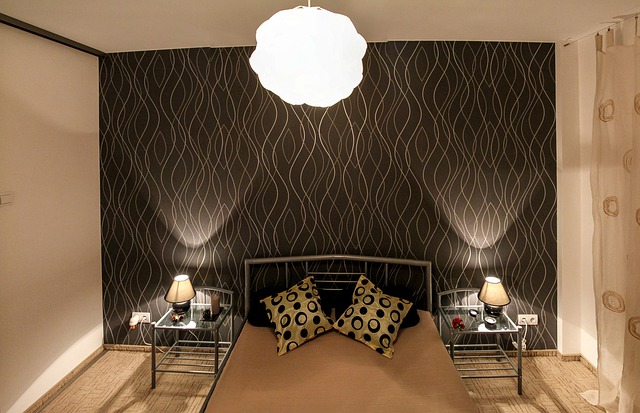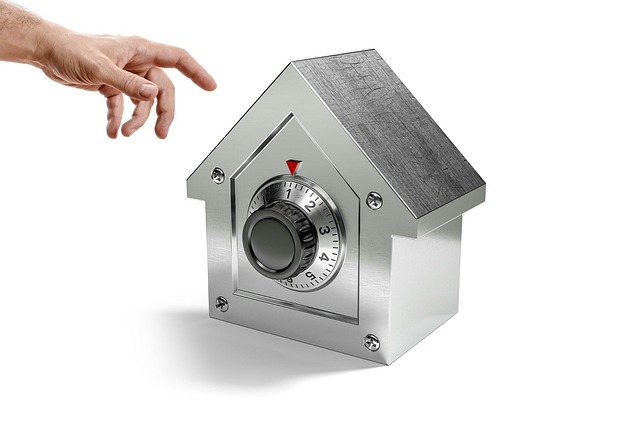Understanding the unique challenges faced by seniors, such as reduced mobility and cognitive abilities, has led to the development of user-friendly safety systems like fall detection devices. These devices, including wearable sensors and smart home systems, promptly alert caregivers in case of falls, enhancing independence and well-being without compromising privacy or causing frustration. By integrating these technologies into senior care, we create safer living environments while respecting their autonomy and fostering trust. Advanced sensors and AI algorithms in fall detection devices ensure accurate responses during emergencies, revolutionizing senior care and promoting active lifestyles for an aging population.
In an aging population, understanding senior citizens’ unique needs is paramount. This article explores user-friendly safety systems tailored for seniors, focusing on fall detection devices as a critical component of their well-being. We delve into the various options available, catering to different lifestyle requirements, while balancing technology integration with privacy and independence. Additionally, we examine the impact of these systems on senior quality of life and their potential to revolutionize care in the future.
- Understanding the Needs of Seniors: Why User-Friendly Safety Systems Are Essential
- Types of Fall Detection Devices: Options for Different Lifestyle Requirements
- Integrating Technology with Privacy and Independence: A Balancing Act
- The Impact and Future of Senior Safety Systems: Enhancing Quality of Life
Understanding the Needs of Seniors: Why User-Friendly Safety Systems Are Essential

Understanding the unique needs of seniors is paramount when designing safety systems. As individuals age, they often face challenges with mobility, vision, and cognitive abilities, which can make interacting with complex technology daunting. This is where user-friendly safety systems designed specifically for seniors come into play. These systems aim to enhance their independence while ensuring their well-being.
Fall detection devices, a prominent example, are crucial tools in the arsenal of senior safety. With simple and intuitive interfaces, these devices can detect falls and promptly alert caregivers or loved ones, providing quick response times and peace of mind. By prioritizing user-friendliness, we make sure that seniors can access essential safety features without additional stress or frustration, fostering a safer and more comfortable living environment.
Types of Fall Detection Devices: Options for Different Lifestyle Requirements

Fall detection devices play a pivotal role in ensuring senior safety, especially for those living independently. These technologies come in various forms tailored to accommodate different lifestyle needs. For instance, wearable sensors are popular choices; they can be integrated into wristbands or even clothing, monitoring vital signs and detecting falls in real time. This option is ideal for seniors active in daily routines but requires a certain level of adherence due to their reliance on consistent wear.
Alternatively, smart home systems equipped with advanced sensors offer a more subtle approach. These devices can be installed in homes, using motion detectors or pressure mats to identify fall events without any visible equipment on the user. This method is suitable for those who prefer a less obtrusive solution but still requires proper setup and home modifications to maximize effectiveness.
Integrating Technology with Privacy and Independence: A Balancing Act

In today’s digital era, integrating technology with senior care is a delicate balancing act between enhancing safety and preserving privacy and independence. Fall detection devices, for instance, can be invaluable tools in monitoring seniors’ well-being. These technologies use sensors and algorithms to detect unusual movements or immobility, alerting caregivers or family members if a fall occurs. However, the very nature of these devices requires access to personal data, which raises important privacy concerns. Seniors must feel comfortable knowing their information is secure and used only for intended safety purposes.
Finding the right balance means designing systems that not only seamlessly integrate into daily routines but also empower users to maintain control. This involves clear, user-friendly interfaces, granular privacy settings, and transparent data handling practices. By empowering seniors with an understanding of how technology works in their service, we can foster trust and ensure these safety systems remain a beneficial addition to their lives rather than an intrusion on their independence.
The Impact and Future of Senior Safety Systems: Enhancing Quality of Life

The integration of user-friendly safety systems, including innovative fall detection devices, is transforming senior care and independence. These technologies are designed to provide timely assistance in emergency situations, ensuring peace of mind for both seniors and their caregivers. By leveraging advanced sensors and AI algorithms, fall detection devices can accurately identify and respond to falls, delivering critical support without compromising privacy or autonomy.
Looking ahead, the future of senior safety systems promises even greater advancements. As technology continues to evolve, we can expect more sophisticated devices that seamlessly integrate into daily routines. This includes improved communication features, better accessibility for diverse user needs, and enhanced data analytics to predict potential risks. Ultimately, these innovations aim to enhance the quality of life for seniors by promoting active lifestyles, boosting confidence, and fostering a sense of security in an increasingly aging population.
User-friendly safety systems, particularly fall detection devices, play a pivotal role in enhancing the quality of life for seniors. By understanding their unique needs and balancing technology integration with privacy and independence, we can create effective solutions that empower them to live safely and securely. As these systems evolve, they hold immense potential to revolutionize senior care, ensuring a safer and more independent future for this demographic. The various fall detection devices available cater to diverse lifestyle requirements, making it possible to choose options that best suit individual needs.
